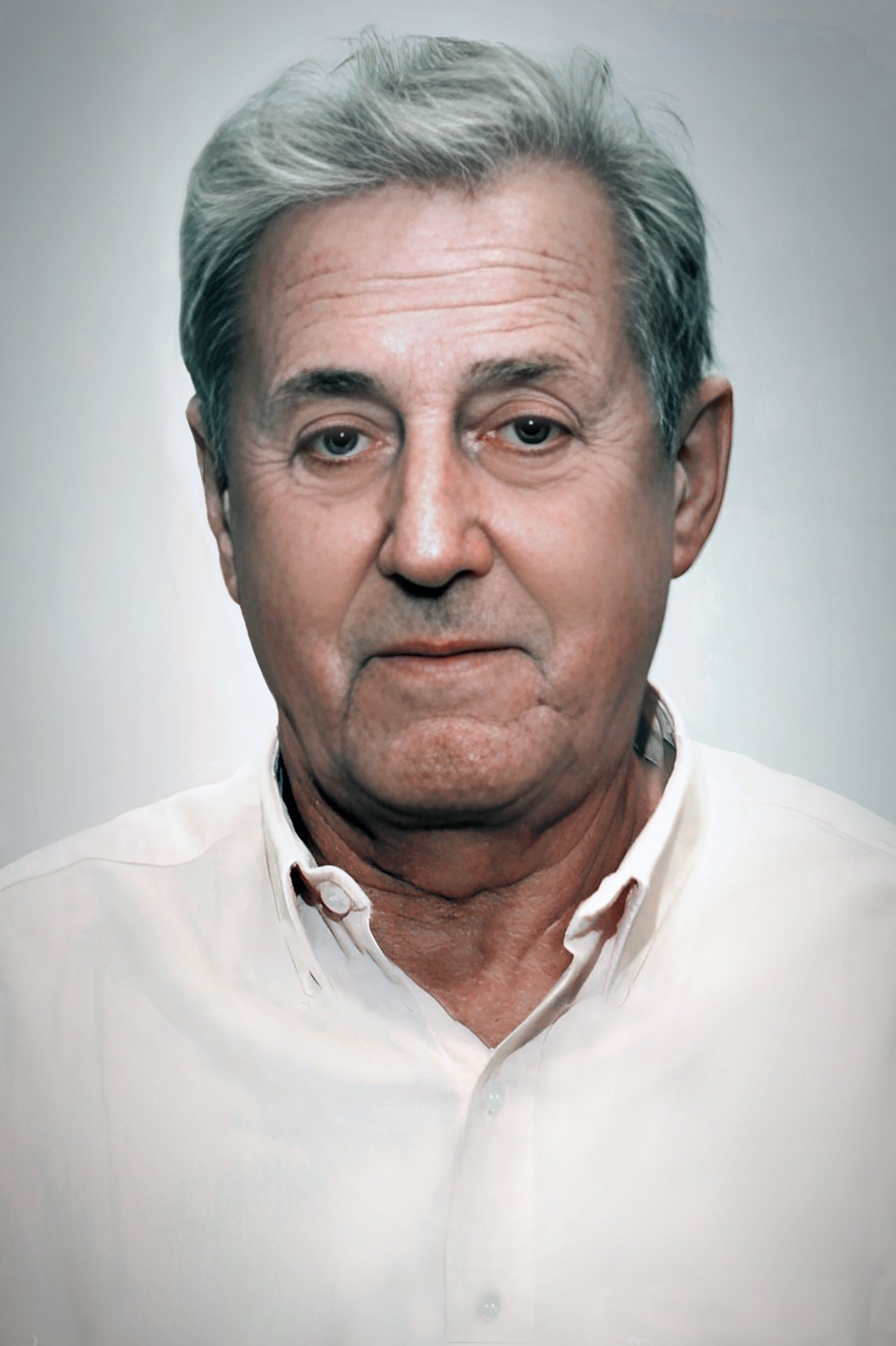

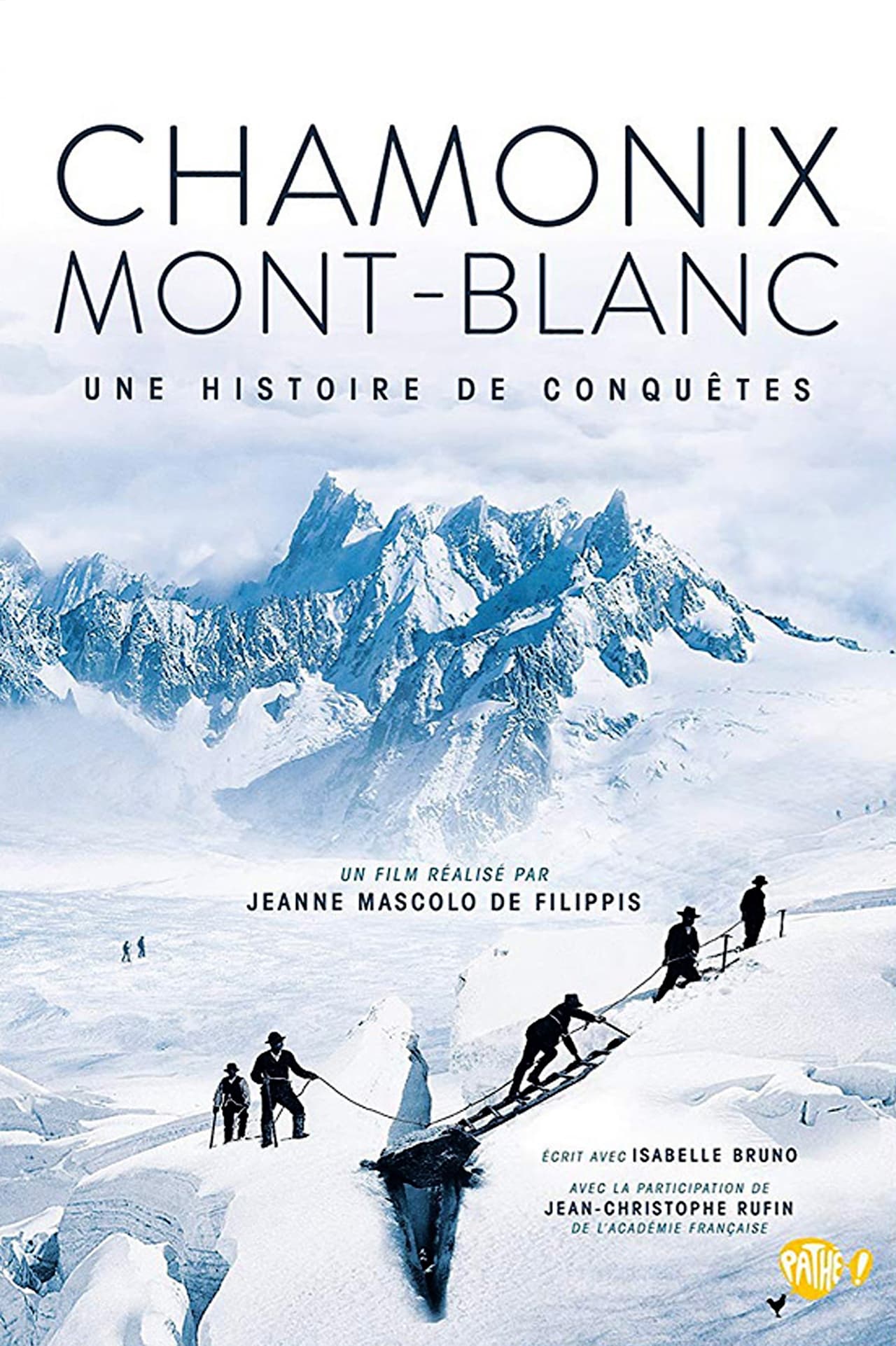
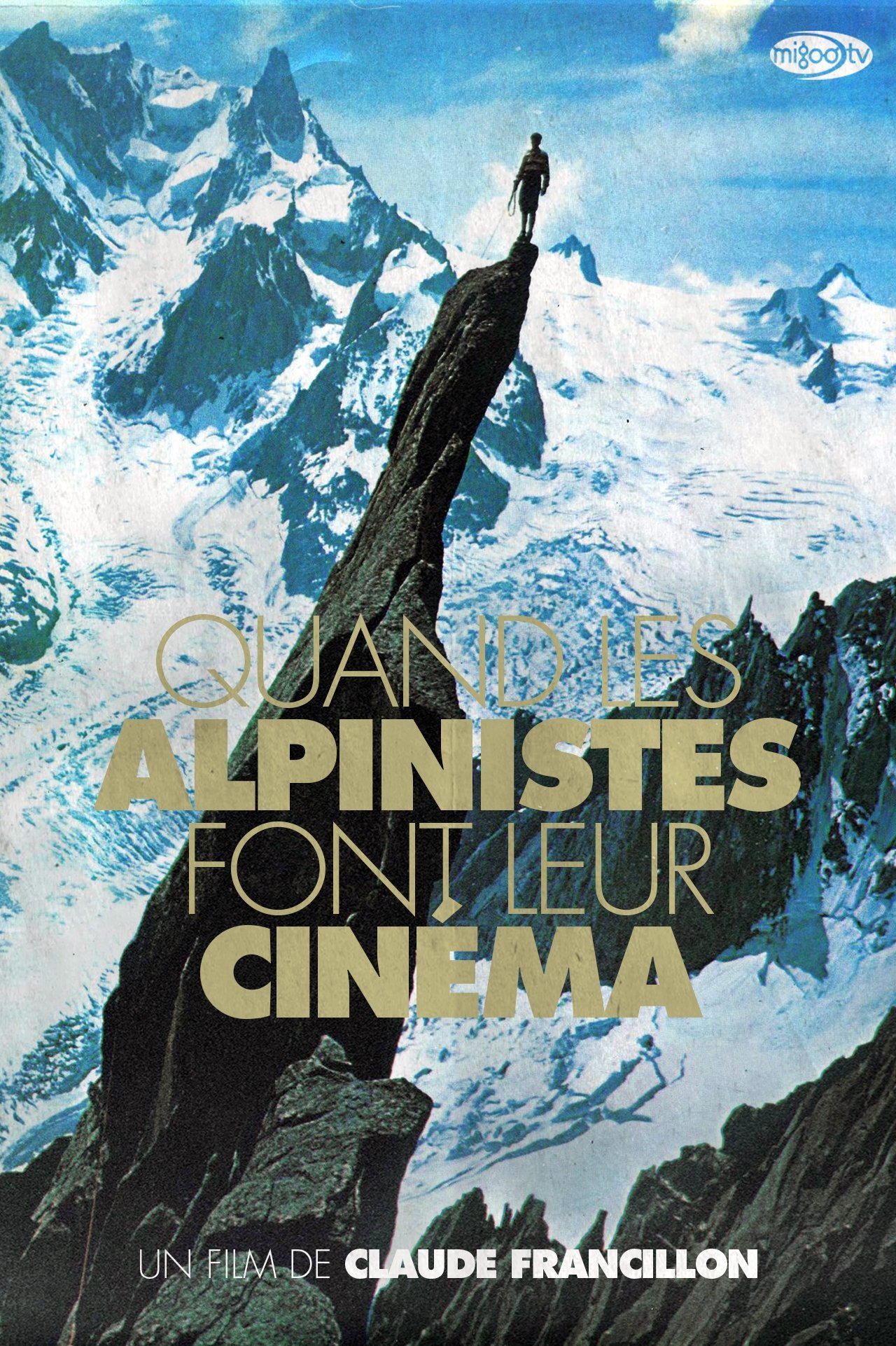
Many mountaineers as part of their activity have used cameras and films to allow us to participate through images in their adventures and their emotions. Many of them have become true film professionals: Joseph Vallot, Lionel Terray, Marcel Ichac, Renè Vernadet, Jean Afanasieff, Pierre Royer, Denis Ducroz, Kurt Diemberg and many others are among the conquerors of the image of the mountain. The film depicts the passion of these men on the highest mountains in the world... behind the lens.
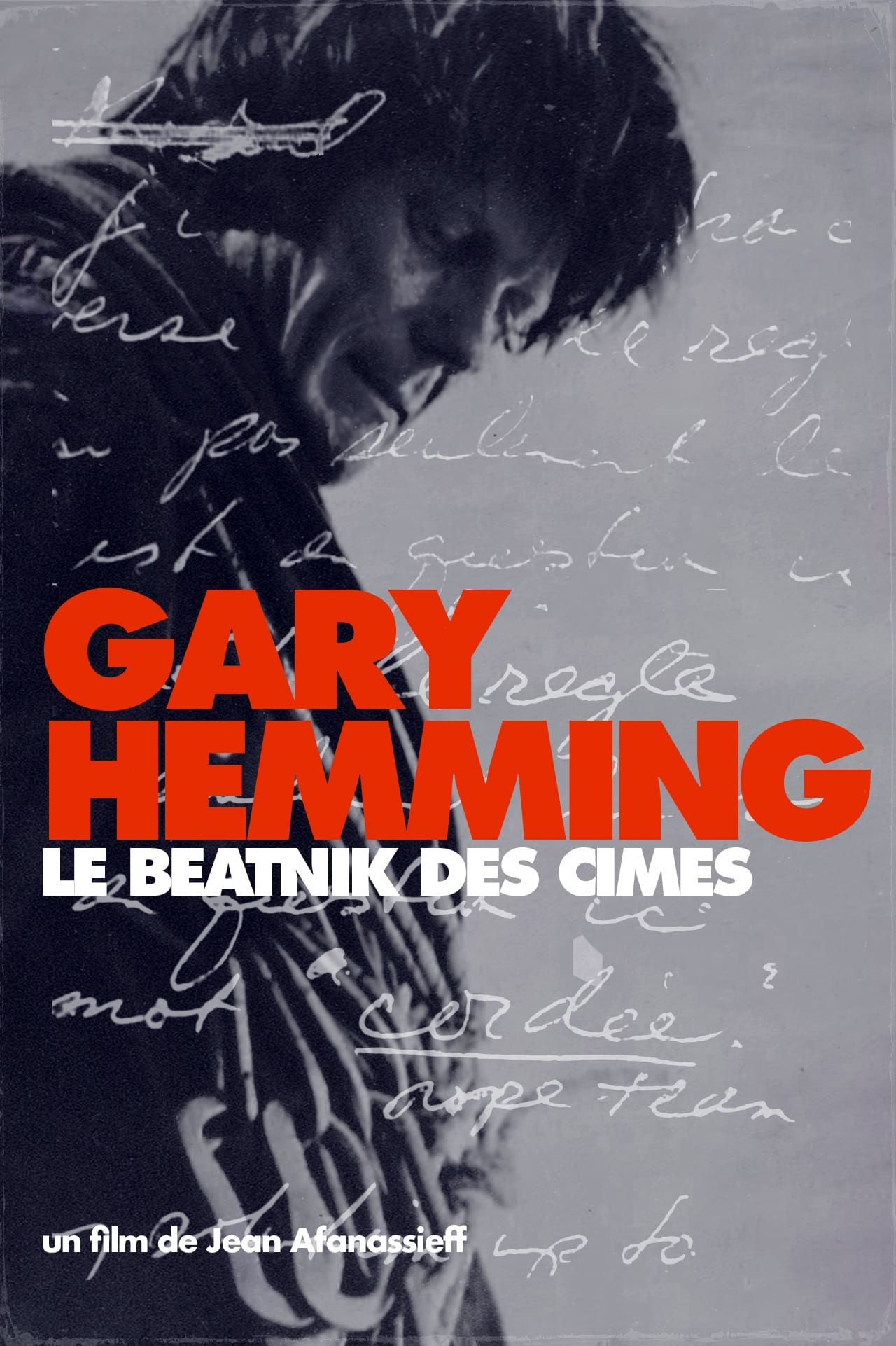
The American mountaineer Gary Hemming marked the era of the 1960s. The story of this "exceptional" character is intimately linked to that of the rescue of the two German mountaineers on the west face of the Drus, in 1966, a rescue which he had took the initiative. While the official emergency services of the EHM try to reach them from above, a pirate rope made up of Gary Hemming, René Desmaison, Lothar Mauch, Gil Bodin, Mike Brurke, François Guillot, the filmmaker Gérard Bauer organizes to join them from below and succeeded after a fierce struggle the rescue. The press seizes the event and elevates Gary Hemming to the rank of national hero. All the newspapers feature this big guy with a cool attitude, mismatched clothes, jovial smile and long blond hair on the front page. From then on, he was nicknamed: "the beatnik of the peaks".
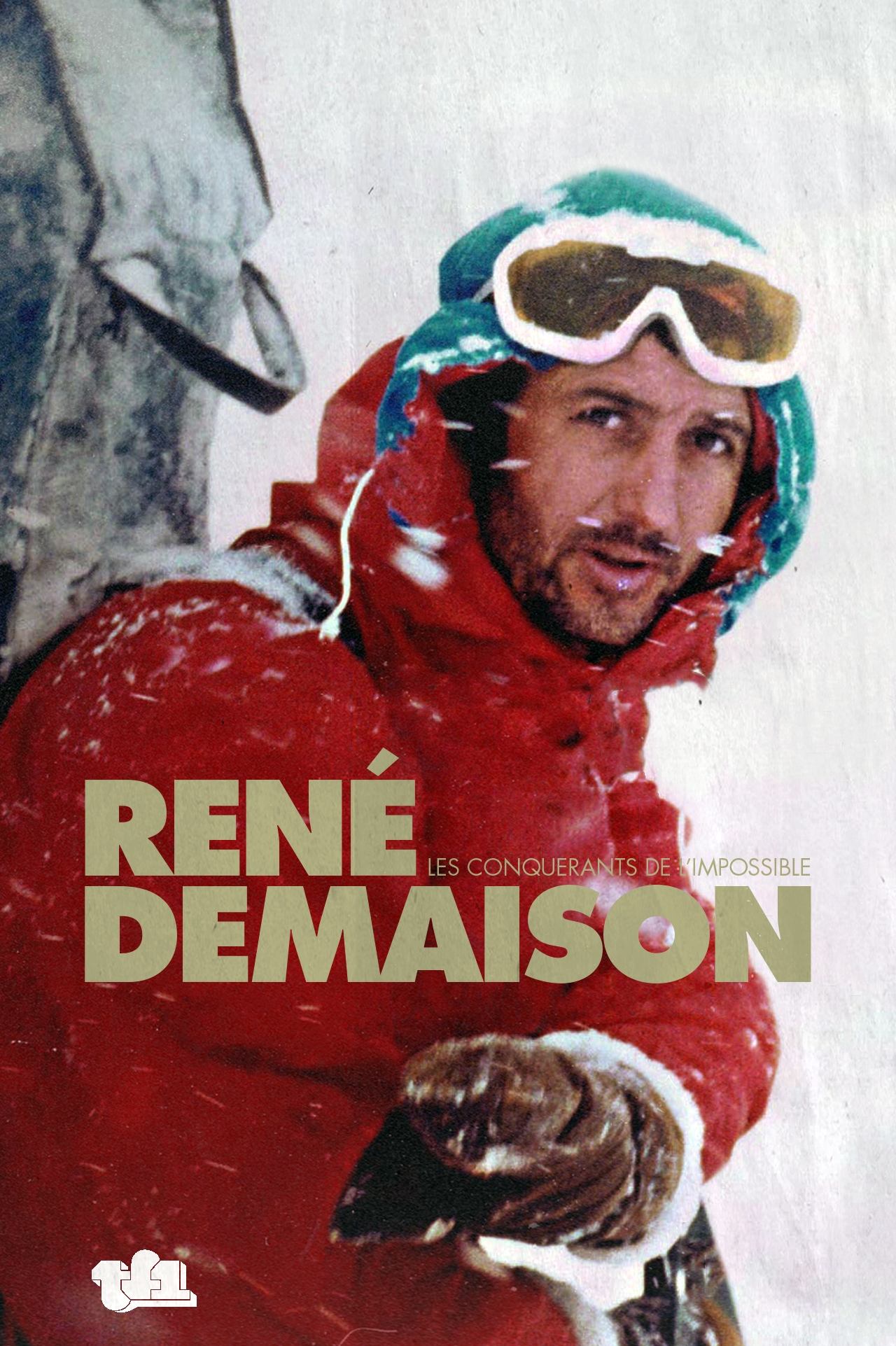
This episode is part of the series "The Conquerors of the Impossible (2/3)". From the 1950s to the 1980s, René Desmaison achieved a large number of "firsts". A specialist in normal routes (west face of Les Drus, Pilier du Freyney, Shroud...), he experienced a tragedy at the Grandes Jorasses, where his exceptional resistance allowed him to survive against all logic. He is the first to claim the practice of the mountain as a high level sport. A man of contrasts, his apparent strength hides great shyness and an unalterable enthusiasm despite the years. Beyond mountaineering, it is the spirit of adventure that has always inhabited him. A whole life devoted to mountaineering.
René Desmaison, born April 14, 1930 in Bourdeilles (Dordogne) and died September 28, 2007 in Marseille, was a French mountaineer. A high-level mountain guide and climber, René Desmaison, from the mid-1950s and for over 30 years, completed numerous first ascents of great difficulty in the Alps, the Himalayas, and the Andes. A highly publicized mountaineer, he was involved in several controversies. Upon the death of his mother, the young René Desmaison, who was not yet 14, left Marsac near Périgueux and followed his godfather Paul Roze to Antony in the Paris region, where he joined the scout movement. There, he met Pierre Kohlmann, with whom he practiced Sunday climbing in the Fontainebleau forest, along with other young Antony residents, including future mountaineers Bernard Lagesse and André Bertrand. René Desmaison completed his military service in Briançon in a ski scout section. He was a sergeant and participated in the military ski championship. Back in Paris, he married and had two daughters and a son, Pascal. After working as a salesman in a sports store, he became a visiting retailer of household appliances. He spent long weekends in the mountains or went climbing in Fontainebleau and the Saussois rocks, where he met mountaineer Jean Couzy in 1954. This encounter with Jean Couzy was decisive: together, they completed many major ascents, as well as first ascents, until Jean Couzy's death in the mountains four years later. In the early 1960s, he separated from his wife and married Simone Damiani (aka Simone France), an actress and sister of writer and filmmaker José Giovanni, with whom he climbed in Fontainebleau. René Desmaison thus entered the world of film stars. Before becoming a high mountain guide in 1961, he was already a mountaineering professor at ENSA from 1960; attached to his independence, he left ENSA in 1963. Pioneers of great winter mountaineering, René Desmaison climbed both in the Alps and in the Himalayas and found media coverage. A glorious era where it was a question of who would be the first to climb the north faces in winter, but not always virtuous where mountaineers, in cahoots with journalists, maintained sensationalist Paris-Match front pages. In this great game, René Desmaison was the strongest. In Chamonix he became the man to beat. In 1971, René Desmaison nearly died during a winter attempt on a new route on the Walker Spur of the Grandes Jorasses: his climbing partner Serge Gousseault died of cold and exhaustion, while René Desmaison was rescued in the nick of time by rescuers after being trapped 90 meters from the summit. From 1976 onward, René Desmaison devoted himself, notably with his son Pascal, to expeditions in the Peruvian Andes. He became a filmmaker and lecturer and a key figure in Connaissance du Monde. In 1988, he divorced, and with his new partner, he became the father of a daughter, Aurélie, in 1991. René Desmaison died of cancer on September 28, 2007, at La Timone Hospital in Marseille. His ashes were placed on October 28, 2007 in the cemetery of the Gicons chapel, in Saint-Disdier, gateway to the Dévoluy massif.
By browsing this website, you accept our cookies policy.